Phu Tho is an ancient land, the birthplace of the Vietnamese people, a place with a rich historical tradition and thousands of years of culture since King Hung founded the Van Lang nation. Located in the center of the Red River civilization, Phu Tho is the land of origin, the land of nation building and defense, the land of historical relics, the land of famous landscapes, and unique natural products.
Since the Hung King period, Phu Tho province has undergone many changes in place names and administrative boundaries. On September 8, 1891, the French Governor-General of Indochina established the administrative unit of Hung Hoa province (the predecessor of Phu Tho province) including 5 districts: Tam Nong, Thanh Thuy, Son Vi, Thanh Ba, Phu Ninh.
On May 5, 1903, the Governor-General of Indochina signed a decree to move the provincial capital of Hung Hoa province to Phu Tho village, Yen Phu commune, Son Vi district, and from then on, Hung Hoa province changed its name to Phu Tho province. In 1903, Phu Tho province had 10 districts: Tam Nong, Thanh Thuy, Son Vi, Thanh Ba, Phu Ninh, Cam Khe, Ha Hoa, Hac Tri, Hung Quan, Ngoc Quan and two districts: Thanh Son and Yen Lap.
From 1903 to the August Revolution in 1945, the administrative units in the province basically did not have any major changes, only the names of some districts and communes were changed and some new villages and communes were added.
The August Revolution succeeded, in terms of administration, our State unified the names of prefectures, districts, and counties as districts, abolished the canton level, and proceeded to merge small villages into large communes. The first inter-commune phase, implemented in 1946, saw Phu Tho province merge 467 old villages into 106 new communes. But because the new communes were too large, in mid-1947 the number was adjusted from 106 to 150 communes.
Also in 1947, 5 districts on the right bank of the Thao River, Cam Khe, Tam Nong, Thanh Thuy, Thanh Son and Yen Lap, merged into Zone 14, not belonging to Phu Tho province. In February 1948, Zone 14 merged with Zone X to form Lien Khu X, and 5 districts on the right bank of the Thao River returned to Phu Tho province.
During the land reform and correction period (1955-1957), the communes were adjusted and divided again, from 150 communes to 271 communes. From 1957 onwards, the commune unit has been basically stable until today, with only some commune names changing at the end of 1964.
During the first five-year plan (1961-1965), the Ministry of the Interior decided to establish three towns: Van Hung farm town in Doan Hung district, Van Linh farm town in Thanh Ba district, and Phu Son farm town in Thanh Son district. On June 4, 1962, the Government Council issued Decision No. 65 to establish Viet Tri city.
On June 21, 1968, the National Assembly Standing Committee issued Resolution 504 on the merger of Vinh Phuc and Phu Tho provinces into Vinh Phu province and decided that Viet Tri city would be the provincial capital of Vinh Phu. During the time of Vinh Phu province, on July 5, 1977, the Government Council issued Decision No. 178 "On the merger of districts in Vinh Phu province". In Phu Tho, only Thanh Son district remained the same, while the other districts were merged: Tam Nong merged with Thanh Thuy to form Tam Thanh district, including 34 communes; Lam Thao merged with Phu Ninh to form Phong Chau district, including 34 communes; Cam Khe, Yen Lap and 10 communes on the right bank of Thao river of Ha Hoa merged into Song Thao district, including 58 communes; Thanh Ba, Doan Hung and the remaining communes of Ha Hoa, together with 7 communes of Phu Ninh, merged into Song Lo district, including 82 communes. The merger of this district was too large, causing many difficulties for leadership and direction, and was not close to the grassroots level, so only two years later, on December 22, 1980, the Government Council issued Decision No. 377 "On amending a number of district-level administrative units in Vinh Phu province". According to the decision, Song Thao was divided into Song Thao and Yen Lap; Song Lo was divided into Thanh Hoa and Doan Hung.
In 1979, the Government Council decided to establish Phong Chau town in Phong Chau district. In October 1995, Thanh Ba and Ha Hoa districts were re-established; one month later (November 1995), the Government issued a decree to establish Thanh Ba town as the district capital of Thanh Ba district and Doan Hung town as the district capital of Doan Hung district.
After 29 years of unification, Phu Tho province was re-established on January 1, 1997 according to the Resolution of the 10th session of the 9th National Assembly, when the country entered the period of industrialization and modernization. The unification of Phu Tho with Vinh Phuc as well as the re-establishment of the old province was due to the objective requirements of history and the general policy of the Party and Government nationwide.
Phu Tho province was re-established (1997) with a natural area of 3,465km2, a population of 1,261,900 people, an average population density of 373 people/km2, including 21 ethnic groups living together.
After re-establishment, on May 28, 1997, the Government issued Decree No. 55 on the establishment of 6 towns: Yen Lap town (Yen Lap); Ha Hoa town (Ha Hoa); Hung Hoa town (Tam Thanh); Lam Thao and Phu Ho towns (Phong Chau); Thanh Son town (Thanh Son).
Then on July 24, 1999, the Government issued Decree No. 59 separating two districts of Phu Tho province, Phong Chau and Tam Thanh, to re-establish the old districts of Lam Thao, Phu Ninh, Tam Nong and Thanh Thuy.
On April 9, 2007, the Government issued Decree No. 61/2007/ND-CP on adjusting the boundaries of Thanh Son district to establish Tan Son district.
Phu Pho province currently has a natural area of 3,534.6 km2 and a population of over 1.4 million people. The whole province has 13 districts, cities and towns with 225 communes, wards and towns.
After 20 years of re-establishing the province and continuing to implement the renovation process, with the attention and direction of the Central Party Committee, the National Assembly, the Government, the coordination and support of the Central Committee, ministries and branches, Phu Tho province has promoted the tradition of solidarity, effectively exploited potentials, advantages, dynamism, creativity, overcoming difficulties with high determination to fulfill the main goals set and continue to achieve comprehensive achievements in all fields. In the period of 2010 - 2015, the province's economy continued to grow well, the average economic growth rate of 5 years reached 5.87%; in which: Industry - construction increased by 7.25%, agriculture, forestry and fishery increased by 5.09%, services increased by 4.93%. The scale of the economy at current prices reached 40,400 billion VND, an increase of 84%, ranking first among the provinces in the Northwest region; GRDP per capita reached over 33 million VND (2016). The economic structure continued to shift in a progressive direction, in line with the development orientation of the province. The new rural construction program was implemented strongly and synchronously, with many creative models and approaches. By the end of 2016, 1 district met the new rural standards, 39 communes met the standards and 52 communes basically met the standards; the rural appearance improved.
In particular, Phu Tho has effectively implemented three breakthroughs in infrastructure investment, human resource training and tourism development. In the period 2010 - 2015, the province mobilized a total capital of over 69 trillion VND, an average increase of 10.2%/year to invest in infrastructure, build new, renovate and upgrade nearly 1,000 km of roads, and complete 7 large bridges. Urban infrastructure, industrial clusters, agriculture and rural areas have been increased investment, creating a new look, contributing to making Viet Tri city soon become a type I urban area... Human resource training has achieved important results, the rate of school solidification reached 85.6% (the average in the Northwest region is 73%). Investment from the budget for training and vocational training facilities increased by 64.3%; training scale increased by 35.5% compared to the previous term. Tourism activities have developed quite well, tourism infrastructure has been invested in more. Total capital mobilized for tourism development has increased 3.5 times; the number of visitors coming to visit, travel and practice the Hung King worship religion annually reaches 6 - 7 million; tourism revenue increases 17.9%/year.
The connection between economic development and cultural development and the resolution of social issues has had many positive changes. The province has successfully built and protected two intangible cultural heritages "Phu Tho Xoan Singing" and "Hung King Worship in Phu Tho" recognized and honored by UNESCO, contributing to affirming the historical and cultural values and creating a spread of the cultural space of the ancestral land. Hunger eradication and poverty reduction work continues to achieve important results, the poverty rate has decreased significantly (according to the new criteria, it is below 10%), people's lives have been constantly improved. Education and Training continues to develop, the scale of schools and classes is increasingly expanded, the intellectual level of the people is raised. Phu Tho is the 6th province in the country to be recognized as meeting the national standards on universal primary education and illiteracy eradication in 1992; meeting the national standards on universal primary education at the right age in 2002; The 17th province to achieve national standards on universal lower secondary education in 2003 and one of the first 6 provinces in the country to complete universal preschool education for 5-year-old children 3 years ahead of schedule in 2012. Cultural, sports and information activities are constantly developing, truly serving as a bridge between the Party, the government and the people. Political security, social order and safety are ensured. Foreign relations and international cooperation are expanded and developed in depth. The political system and the great solidarity bloc of ethnic groups continue to be built and consolidated. The thinking, leadership, direction, management methods, and approaches to problem solving of Party committees and authorities at all levels have been strongly innovated; the working style and manner of Party members and cadres have changed positively.
Located in the heart of the Red River civilization, Phu Tho is the land of origin, the land of national construction and defense, the land of historical relics; the land of famous landscapes, of unique natural products. Over the past century, especially since the leadership of the Communist Party of Vietnam and beloved Uncle Ho, the Party Committee, government and people of all ethnic groups in Phu Tho province have always upheld the spirit of solidarity, steadfastness and bravery in fighting against foreign invaders, contributing to the protection and unanimity in successfully implementing the goals and tasks set forth by the Resolution of the 12th National Party Congress and the Resolution of the 18th Provincial Party Congress, striving to build Phu Tho into one of the leading developed provinces in the midland and mountainous region of the North.
Provincial Information Portal


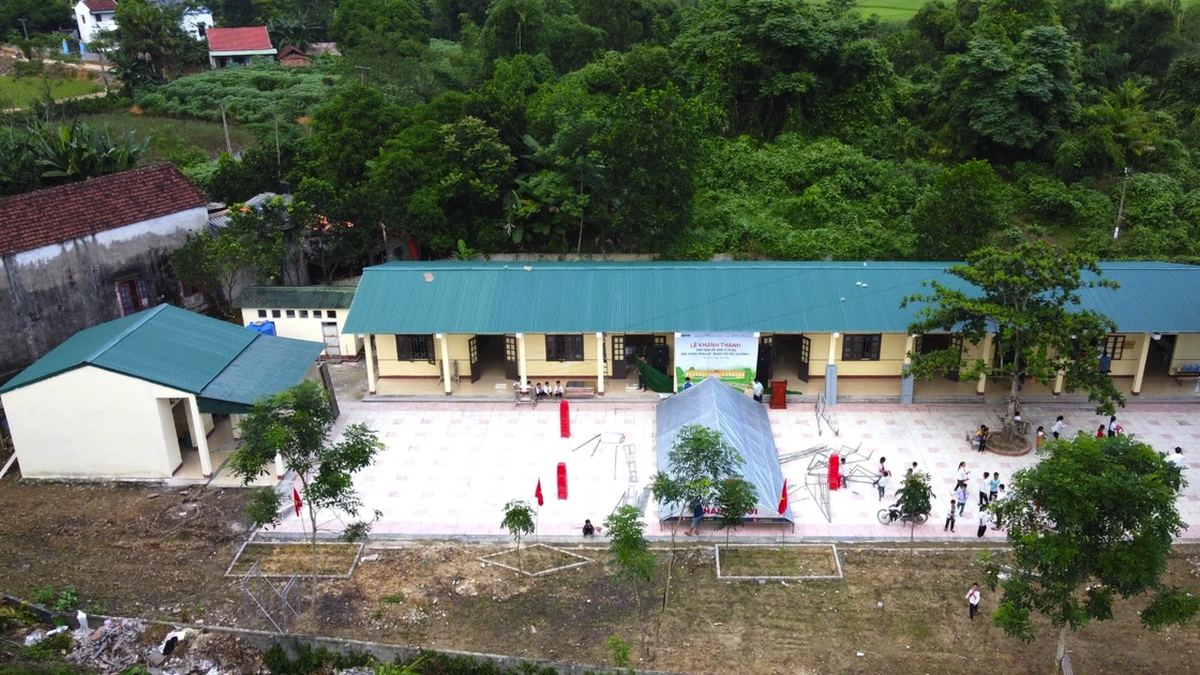

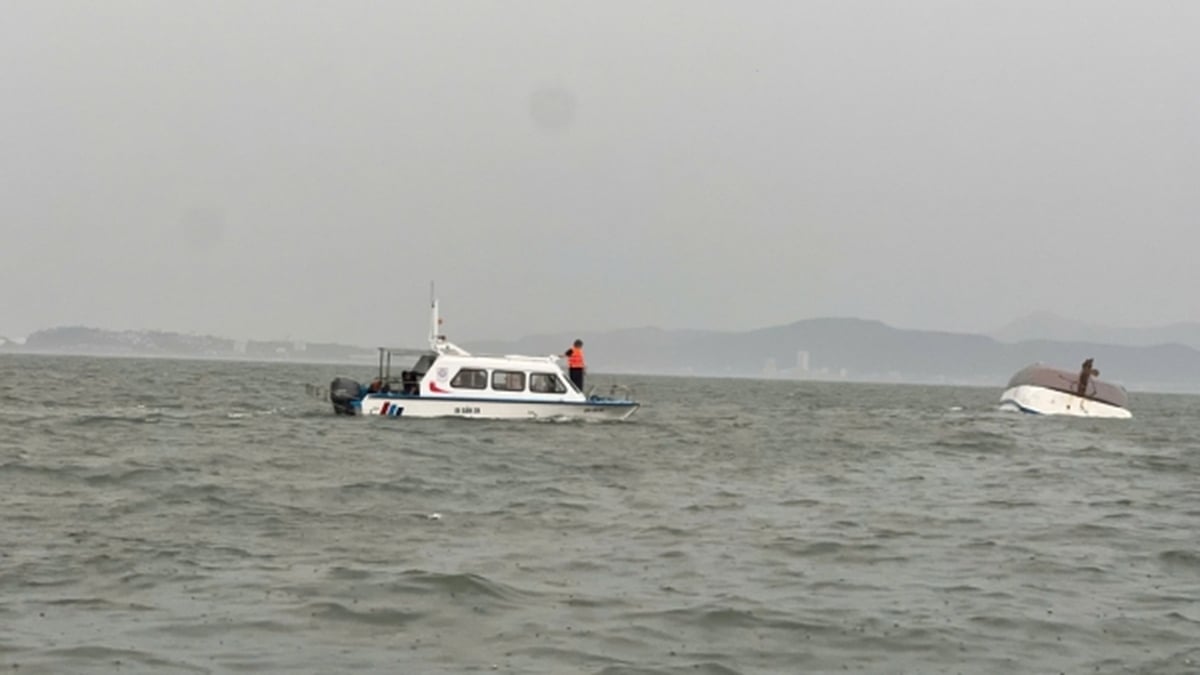

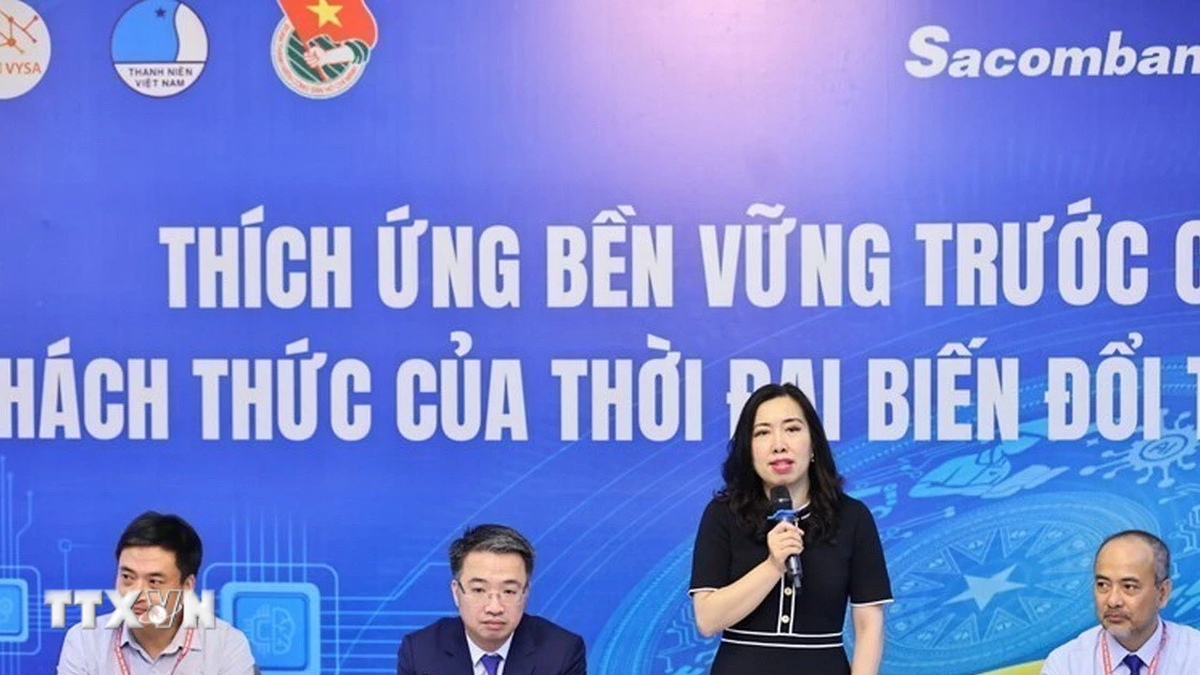


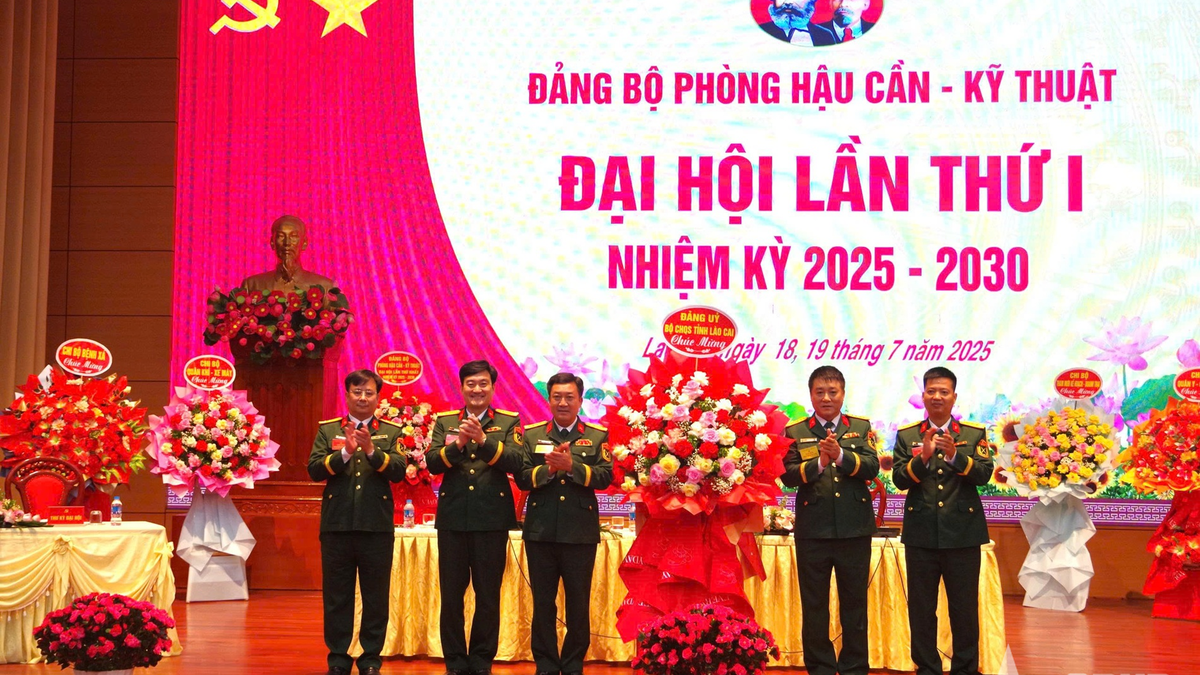

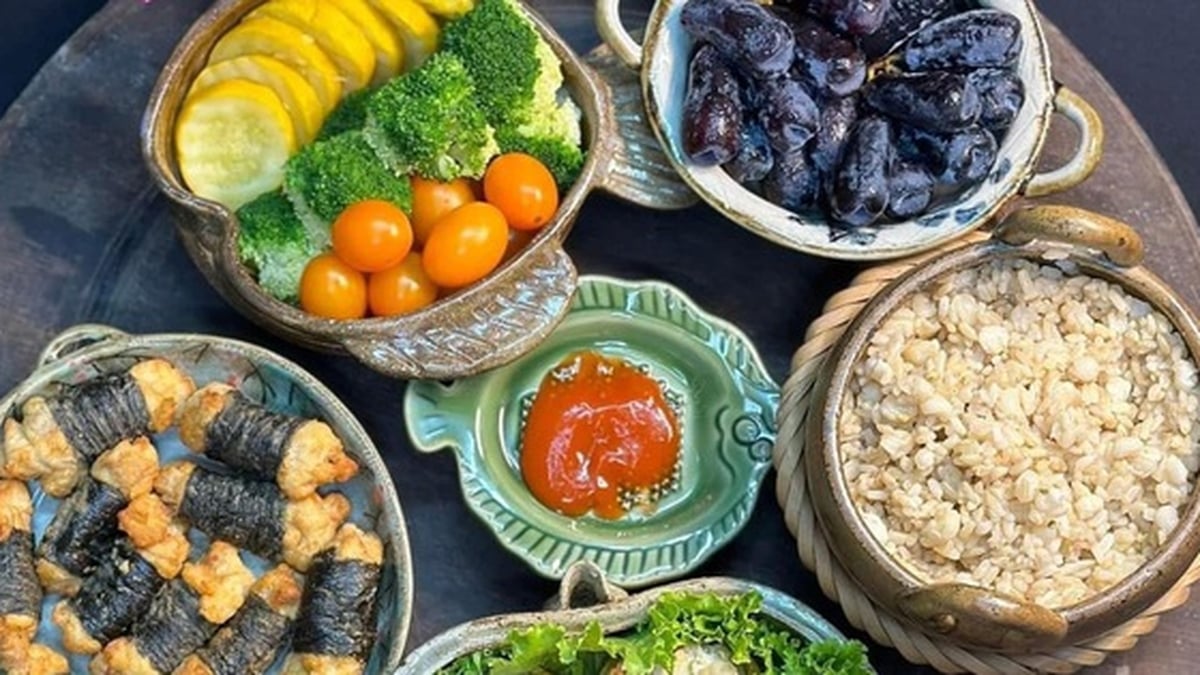




















































































Comment (0)